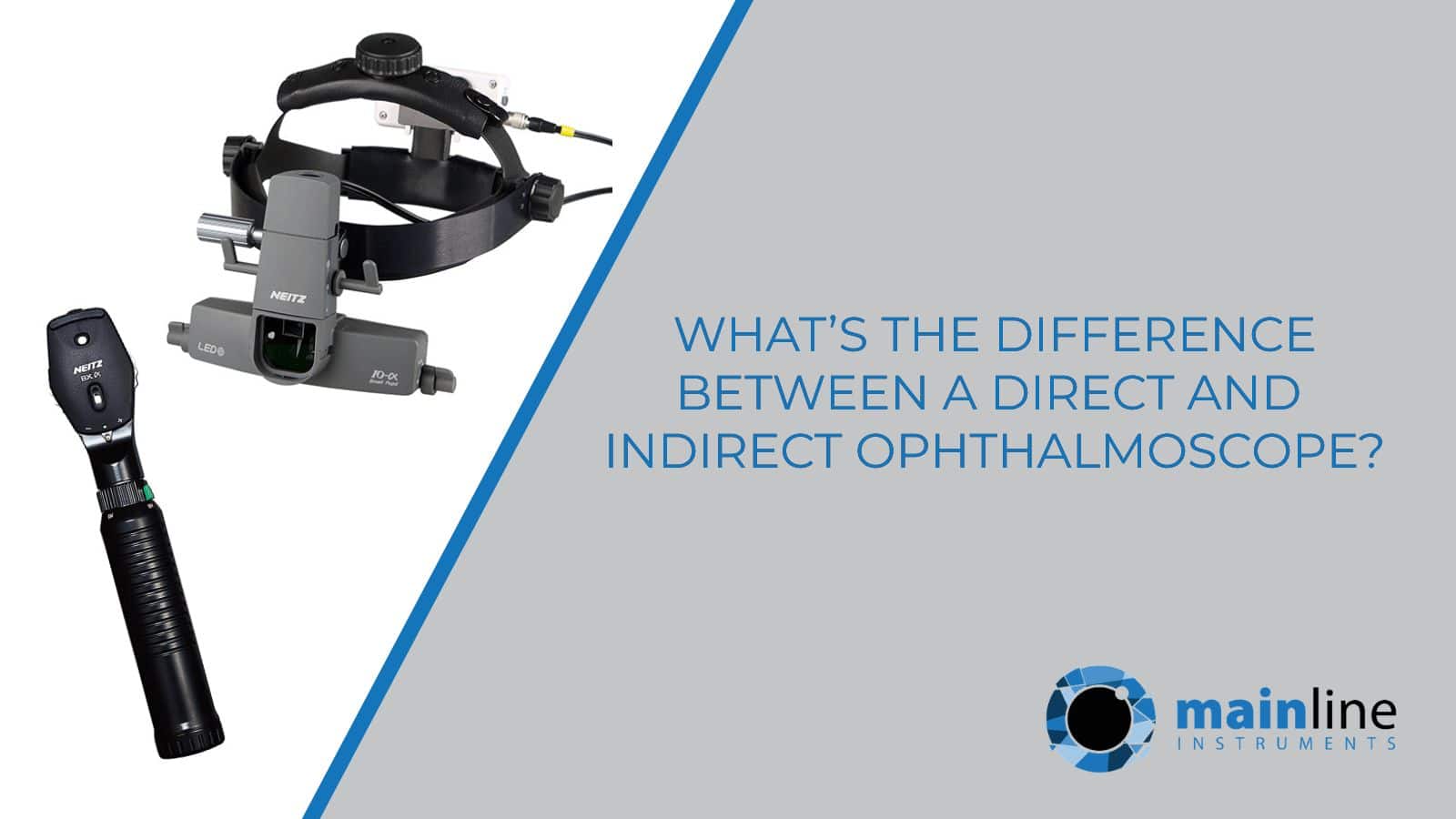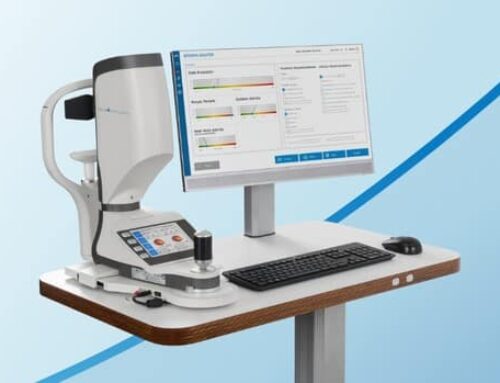Ophthalmoscopy is a test that look at the back of the eye called the fundus. The fundus consists of the retina, optic disc and blood vessels.[1]
The test is usually included in a routine eye exam. It is also necessary to perform ophthalmoscopy if you have a condition that affects your blood vessels, which can include high blood pressure or diabetes.
Ophthalmoscopy is sometimes called funduscopy or a retinal examination.
To do ophthalmoscopy, an ophthalmoscope device must be used by the optometrist or ophthalmologist, which can be direct or indirect model.
Direct Ophthalmoscope
A direct ophthalmoscope is a device that produces an unreversed or upright image of around 15 x magnification. The direct ophthalmoscope is used to inspect the fundus and is usually best carried out in a darkened room. Opacities and macular degeneration of the lens can be detected through direct ophthalmoscopy.[2]
Indirect Ophthalmoscope
An indirect ophthalmoscope produces a reversed or inverted image with 2 to 5 x magnification. An indirect ophthalmoscope has a specifically designed objective lens and has proven to be an exceptionally valuable device for the treatment and diagnosis of detachments, holes, and retinal tears. To use an indirect ophthalmoscope, the patient’s pupils must be completely dilated.[3]
Monocular and Binocular Indirect Ophthalmoscopes
Indirect ophthalmoscopes can be divided into two different categories: monocular and binocular. Monocular indirect ophthalmoscopes offer a wider field of view and higher magnification levels than the traditional ophthalmoscope, however, they only offer a single view of the eye’s interior.
Binocular indirect ophthalmoscopes project three elements in the eye. As a result, the examiner can get a three-dimensional rendition of the patient’s interior eye, giving a more thorough examination.
You can view our full range of ophthalmoscopes here.
References
[1] https://www.healthline.com/health/ophthalmoscopy
[2] https://en.wikipedia.org/wiki/Ophthalmoscopy
[3] https://blog.keelerusa.com/inspecting-difference-direct-vs-indirect-ophthalmoscopes/







